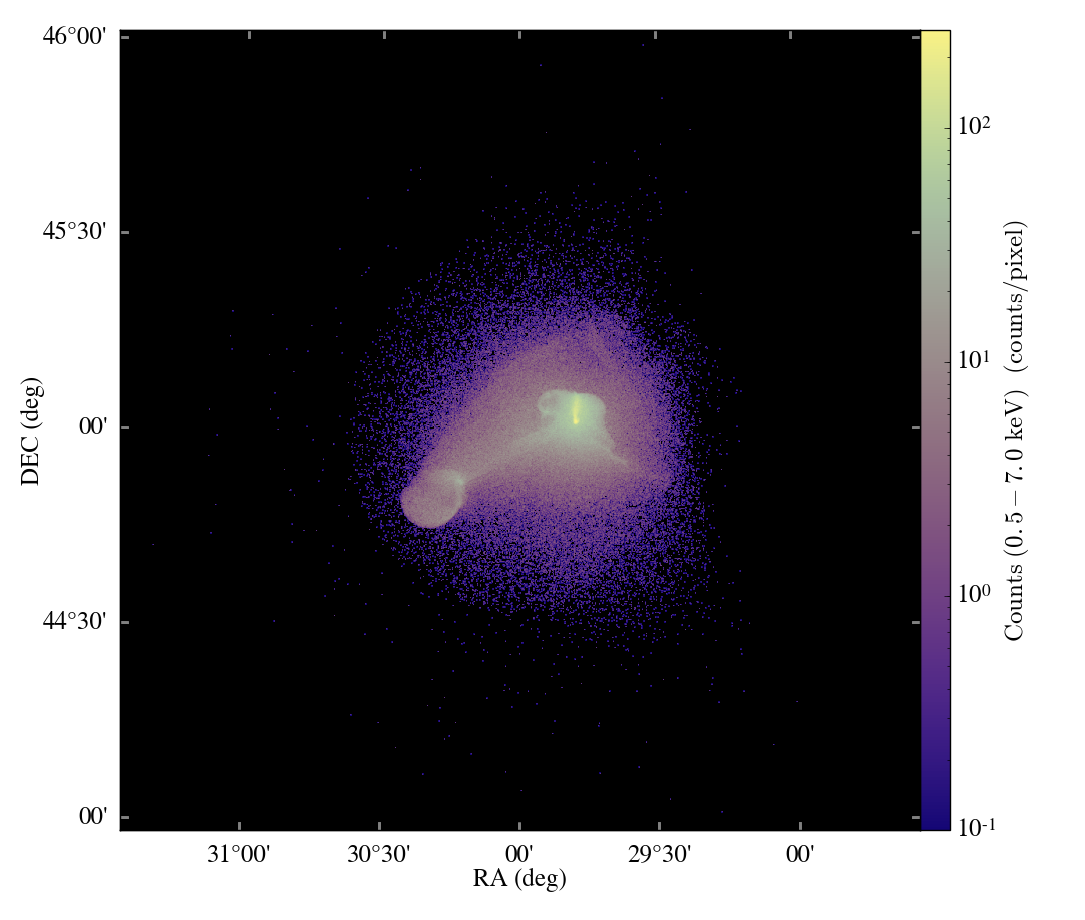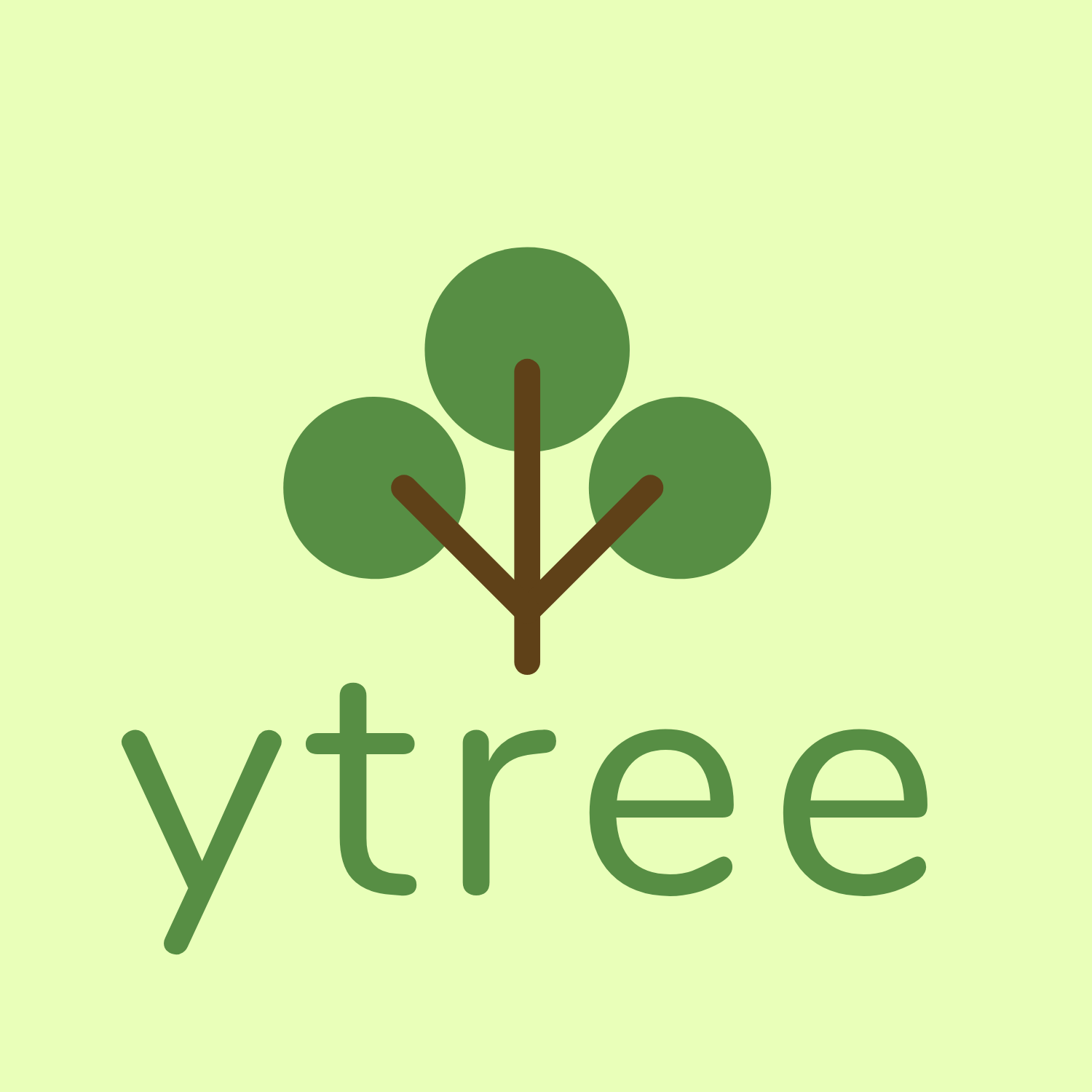It’s been nearly a month since the last yt development post; in that time, there’s been quite a bit of development in a couple different areas. This is culminating in a 2.1 release, for which Sam Skillman is release manager, sometime in the next few days.
Streamlines and Treecode
SamS has spent some time over the last month developing two types of streamline code. The first integrates a series of streamlines over a selection of the domain, which can then be visualizing using the mplot3d package. The other aspect of this involves selecting one of these integrated streamlines, which is then transformed into an AMR1DData object, which can be queried for values and plotted in other ways. Sam has documented both of these modes of streamline integration and they’ll be included in a new build of the documentation presently.
StephenS has been hard at work on developing a treecode for speeding up the binding energy calculation of clumps or other regions. To that end, he’s implemented not only the treecode itself (using some of the octree functionality which had as-yet been unused in yt) but also a series of tests. He sees substantial speedups, and it has been documented to become part of the next release.
Development Bootstrap and Pasteboards
The process of getting up and running with Mercurial and with development of yt can be a bit tricky. To try to alleviate that, I’ve added a new command, “yt bootstrap_dev” that will handle this. It will set up a bitbucket user, set up a couple handly hg extensions, and also create a ‘pasteboard.’ The pasteboard itself is still a bit in flux, so it’s not being touted just yet as a major feature, but I think it has some promise. The idea behind it is to create a semi-permanent mechanism for sharing scripts and so forth; it’s a versions hg repository which lives on BitBucket’s servers, from which scripts can be programmatically downloaded, embedded, or viewed.
You can see mine at http://matthewturk.bitbucket.org. If you’ve used the bootstrap_dev command, you can play with the pasteboards with “yt pasteboard” and “yt pastegrab”, but be forewarned they might not be completely working yet!
Web GUI and PlotWindow
JeffO has been hard at work rethinking and rebuilding the plotting system in yt. He’s started with the concept of the PlotCollection and thrown it out! The PlotCollection dates from a time when our mechanism for interacting with plots was actually fundamentally different; in the first few months of yt’s existence, it was operated through a GUI called ‘HippoDraw’ which operated with worksheets. The mapping was from a single worksheet to a single plot collection.
Nowadays, however, it seems that the most common use of making a plot collection is to make a bunch of plots that aren’t quite synced up in the same way that they were with HippoDraw. So Jeff has been rethinking the plotting system, sticking close to the idea of ‘conduits’ of data that are present in other systems like the AMRData system. You should be able to take a porthole into the data, toss it down, and then simply receive back an image that is visible through that porthole.
Over the last couple weeks he’s made quite a bit of progress in that, which enabled us to add it as a widget in a forthcoming GUI for yt. …and, speaking of the GUI, we now have a quite functional protoype of a GUI working. This is the fifth (!) GUI that has been designed for yt. BrittonS, CameronH and JeffO and I took a few days and worked very hard on creating a useful, extensible, and maintainable GUI. (Britton, in fact, had one of the best quotes of the sprint. I said something like, “I’m looking forward to this GUI.” Britton replied, “I’m looking forward to this being the last GUI.” I couldn’t agree with this sentiment more.)
All of the previous versions and implementations of GUIs for yt – HippoDraw, then the original GUI called Reason and written in wxPython, then the subsequent TraitsUI wxPython Reason version 2.0, and finally the Tkinter-based Fisheye – were dependent on a whole stack of dependencies. These included things like wx, GTK, Qt, and on and on and on. These were difficult to install in an automated fashion, but more than that, they added an incredible level of complexity to the installation and to using these GUIs on supercomputer centers.
So we decided to get rid of all of that, and return to the basics. We built a Web GUI, where the widgets, the toolkits, events, and everything are all handled by a web browser, using JavaScript. The decision to do this ultimately came down to a maintainability issue – there’s no compilation necessary, everybody has a web browser, and it can be done trivially over SSH (with far less bandwidth than is required for a comparative X11 session being forwarded.)
The underlying system is just a Python interpreter; when buttons are pressed, they simply call functions that are available in the interpreter. It’s fundamentally a mechanism for issuing commands, displaying results of those commands (including images), and then on top of this we have begun adding widgets.
Cameron summarized some of this in an email to the developer list <http://lists.spacepope.org/pipermail /yt-dev-spacepope.org/2011-March/001210.html>. It’s still in testing, but is available for testing, despite not being documented. This will be a big part of a 2.2 release of yt.
IRC
There’s now an IRC channel for yt, on FreeNode. There aren’t usually that many people in there (sometimes it’s just me!) but the bot from CIA.vc will echo all pushed commits to the channel. You can use a client like Adium, Irssi, or one of the other Linux or OSX clients, to connect to irc.freenode.net and then to join the channel #yt ("/join #yt”).
We’ll occasionally have development talk here, but it could also be viewed as a faster turnover mechanism for getting help, chatting about oddities, and suggesting feedback. If you’re interested in getting started developing on yt or fixing bugs, this would be the perfect way to get your feet wet. We’ll also likely have some coordinated development sessions here in the future.
See you next week!





